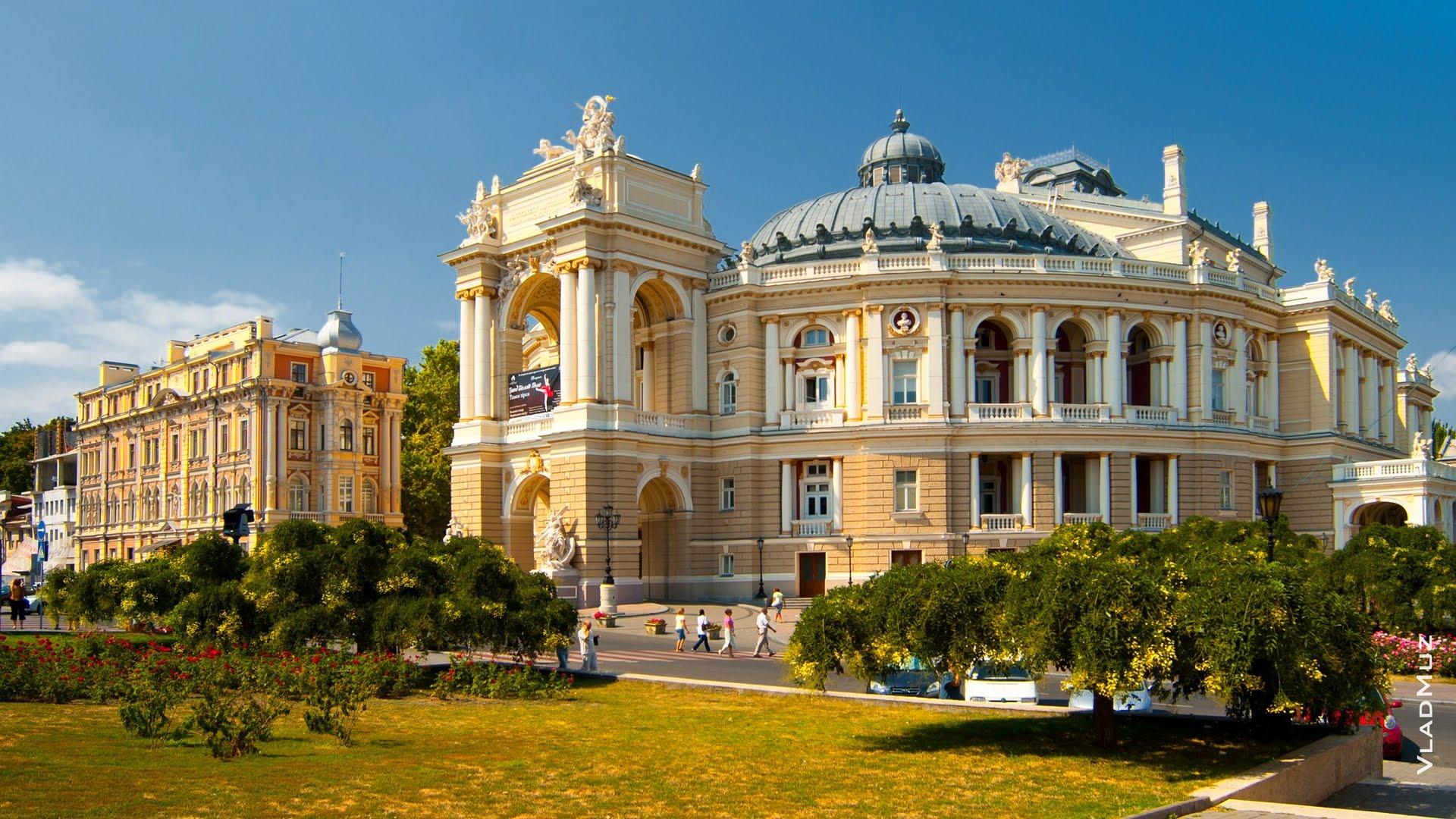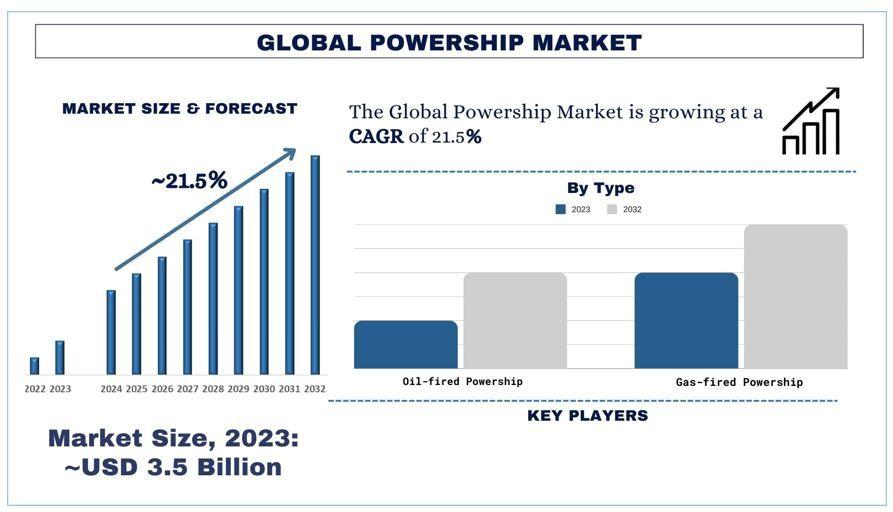Study mbbs in Egypt has quietly become one of the most practical choices for Indian NEET qualifiers who want a recognised medical degree without paying 80 lakh to 1 crore in India. Every year, lakhs of students clear NEET but only a small fraction secure government MBBS seats. For the rest, the options are either extremely expensive private colleges in India, repeating NEET again and again, or choosing a sensible MBBS abroad destination. Egypt fits perfectly into that “value for money + solid academics” category, which is why so many Indian families are now considering it seriously.
A new direction after NEET: why Egypt is suddenly on the radar
The reality is harsh but simple: the ratio of NEET qualifiers to government MBBS seats in India is heavily skewed. Even students with decent scores often don’t get a government seat. Private medical colleges, on the other hand, usually demand huge fees, running into several tens of lakhs.
In this situation, Egypt offers:
-
A recognised MBBS–equivalent medical degree
-
Lower tuition and living cost compared to Indian private colleges
-
Strong clinical exposure in busy teaching hospitals
-
English–medium programmes designed for international students
For many NEET qualifiers and their parents, this combination feels more logical than either giving up the dream of becoming a doctor or taking massive education loans for a private seat in India.
Why Indian students are actively choosing Egypt over other countries
There are many MBBS abroad destinations—like Russia, Uzbekistan, Kazakhstan, Georgia, Philippines, and more. Yet Egypt is catching attention because it balances cost, quality, climate, culture and clinical exposure better than many alternatives.
Some of the key reasons are:
-
Balanced fee structure
While Egypt is not always “cheapest on paper”, the overall cost (tuition + hostel + food) is generally much lower than Indian private MBBS and competitive when compared to other MBBS abroad countries, especially when you factor in clinical quality. -
Good patient inflow and real clinical experience
Being a populous country with large public hospitals, Egyptian universities usually have a strong patient load. For a medical student, this means more OPD exposure, ward rounds, and hands-on observation, which later helps in understanding concepts and preparing for licensing exams. -
Established medical education culture
Egypt has a long history of medical education with some universities that are decades old and well–regarded in the region. This gives students a more mature academic ecosystem rather than a newly-built, low-experience medical college.
Course structure, teaching pattern and clinical training
Most Egyptian universities that accept international students follow a 5–6 year course structure, often organised as:
-
Pre–clinical years – Anatomy, Physiology, Biochemistry, Histology, etc.
-
Para–clinical years – Pathology, Pharmacology, Microbiology, Community Medicine.
-
Clinical years – Medicine, Surgery, Obstetrics & Gynaecology, Paediatrics, Orthopaedics, and other specialities, usually with hospital postings.
-
Internship / House Job – 1–2 years depending on the university and local regulations.
Key academic advantages include:
-
Integrated teaching: Many universities blend basic sciences with early clinical exposure, so students see the relevance of what they study.
-
Teaching hospitals: Most medical colleges are attached to big hospitals where students regularly attend clinics, observe procedures and interact with patients.
-
Focus on clinical skills: Case presentations, bedside teaching and ward discussions help students build confidence in real–world medical practice.
This level of clinical exposure is often a major reason Indian students and parents are more comfortable with Egypt compared to some destinations where patient flow is limited or highly restricted for foreigners.
Language, culture and everyday life for Indian students
One common fear about MBBS abroad is the language barrier. In Egypt, most universities that take foreign students offer English–medium instruction for the international tracks.
-
Classes, notes and exams are usually in English.
-
Students learn basic Arabic mainly to communicate with local patients in the hospital.
-
Over time, they become comfortable using simple Arabic phrases for history taking, while medical theory remains in English.
Culturally, many Indian families find Egypt relatively easier to adjust to compared to some very distant or very cold countries:
-
Food habits (especially non–vegetarian cuisine) can feel familiar.
-
There is a visible international and often Indian student community in major cities.
-
The climate is largely hot and dry rather than extremely cold, which suits many Indian students.
Overall, once the initial 1–2 months of adjustment are over, most students settle into a routine of classes, clinical postings, self–study and hostel life.
Recognition, NMC rules and your future after MBBS in Egypt
For any foreign medical degree, one question matters the most:
“Will my MBBS from Egypt allow me to practice in India or go for PG abroad?”
As per current norms, Indian students must:
-
Qualify NEET before taking admission abroad.
-
Complete the full medical programme and internship as per the NMC’s FMGL 2021 / new regulations.
-
Clear the applicable licensing exam in India (FMGE or its successor, NExT).
Degrees from Egyptian universities that meet NMC’s criteria on duration, internship, clinical training and recognition in their own country can be acceptable pathways for Indian students. Many universities are listed in global directories (like WDOMS), but it is always essential to:
-
Check the latest NMC guidelines at the time of admission.
-
Confirm university status, course duration and internship structure.
-
Take proper guidance instead of relying on vague claims.
Beyond India, some students also explore:
-
USMLE (for USA)
-
PLAB / UKMLA (for UK)
-
Gulf / Middle East licensing pathways
A clinically strong MBBS programme, like many in Egypt, can help give a better base for such exams—provided the student also puts in serious self–study.
Cost comparison: Egypt vs Indian private MBBS and other countries
For most parents, the final decision comes down to numbers:
-
Indian private MBBS: Often ₹80 lakh – ₹1.2 crore or more (excluding coaching, donations, capitation, etc.).
-
MBBS in Egypt: Typically around ₹30–45 lakh total (tuition + hostel + food + other expenses), depending on university, city and lifestyle.
-
Other MBBS abroad destinations: Some may be cheaper on tuition, but with compromises in clinical exposure, recognition or living conditions.
So, when families compare:
-
“Very high cost in India with similar or even lower clinical exposure”
vs -
“Moderate cost in Egypt with strong patient flow and decent academics”
Egypt ends up being seen as a more rational investment over 5–7 years.
Is Egypt the right choice for every NEET qualifier?
No single country is perfect for everyone. Egypt is a particularly good option if:
-
You have qualified NEET but missed a government seat.
-
Your family budget cannot support Indian private MBBS fees.
-
You are ready to live abroad for several years and adapt to new systems.
-
You are serious about working hard later for NExT/FMGE or other licensing exams.
It may not be ideal if:
-
You are unwilling to adjust to a new culture or climate.
-
You expect everything—teaching style, behaviour, systems—to be exactly like India.
-
You are looking for an “easy MBBS” with minimal effort (because no such place truly exists).
Final conclusion: Why thousands now prefer Egypt
Thousands of Indian NEET qualifiers now prefer Egypt because it offers a middle path:
-
Not as expensive as Indian private colleges
-
Not as uncertain in clinical exposure as some other low–cost destinations
-
Recognised medical degrees with strong hospital–based learning
-
English–medium classes with manageable language adaptation for patients
For serious students who truly want to become doctors—but are blocked by the cost and competition of Indian MBBS—Egypt provides a realistic, structured and financially workable route to keep that dream alive.



